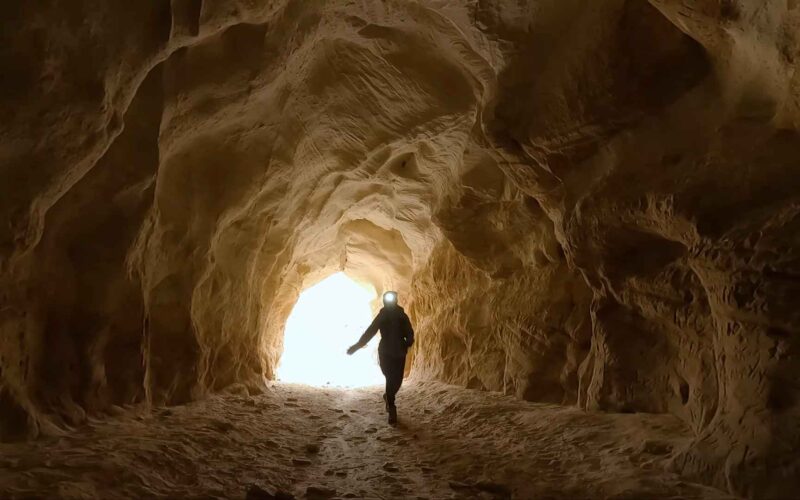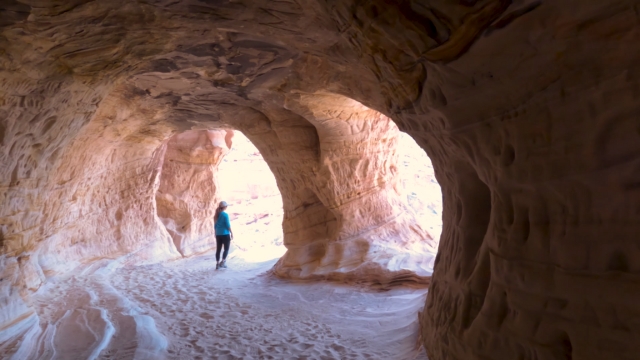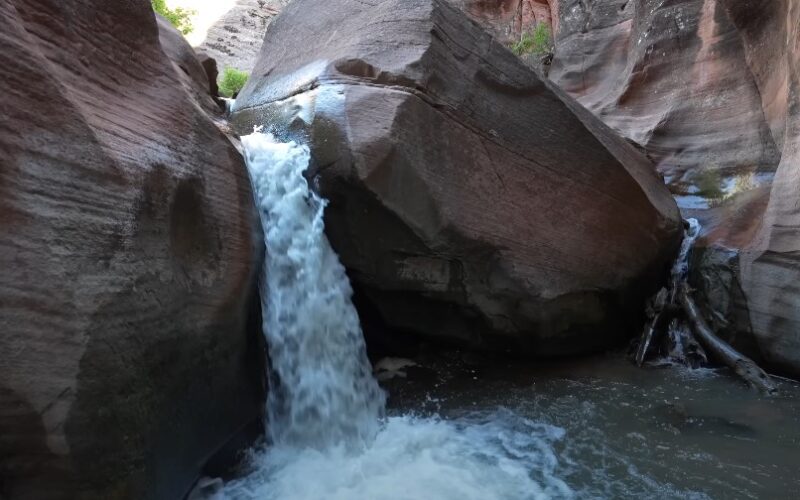
Belly of the Dragon in Utah – What to Know Before You Go
Belly of the Dragon is a manmade drainage tunnel that has grown in popularity because of its dragon-like appearance. Located just off Highway 89 near Mt. Carmel Junction in Utah, it draws travelers who want short, quirky hikes that deliver dramatic visuals. Families, casual hikers, and adventure seekers often stop here, as it requires little time yet still provides an adventurous experience. Increasing attention on Instagram has turned it into a hotspot for quick photo opportunities, as well as a place to spend a little extra time for those who want more of an outing. What Is the Belly of…


